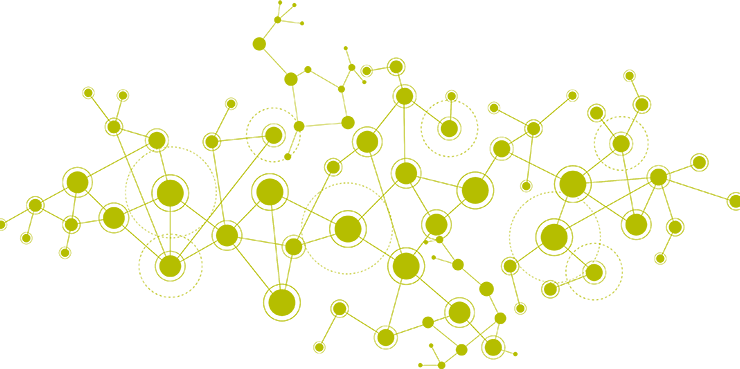Cognitive structures comparison for IT-market prediction

0. Abstract
Here you can find:
- The cognitive heuristics that are properly applicable to qualitative prediction of the current and future desires of IT-consumers, because on IT-markets those desires directly arise from frustrations of cognitive needs of consumers.
Crucial, please have in mind:
- The estimations of the future commercial success of the given application should be measured by such a tool as application’s current and awaited commercial indicators, but not by such a tool as cognitive heuristics.
1. Cognitive heuristics
The main cognitive need of the consumer on any given IT-market is, in fact, to cognize the problem field on the basis of the cognitive structure which is used by the developer of the IT-product.
This is true, because it is only the possession of the same cognitive structure with IT-producer that is able to give IT-consumer the most full satisfaction of his or her non-cognitive, practical needs.
This, in turn, is true, because there definitely exists positive correlation between this three measures:
(m1) the measure of closeness of the cognitive structures of the consumer and of the developer of the application;
(m2) the measure of cognitive convenience of the application;
(m3) the measure of overall convenience of the application.
So, the cognitive analysis of the differences of the core cognitive structures of the consumers and the producers of IT-products on a given IT-market can directly lead us to understanding the current and future frustrations (and, thus, needs) of the consumers on that IT-market.
2. Example of usage
For example, and speaking in terms of system analysys, human releations ARE:
(A0) the processes of cunstractuion, destruction and transformation of communicational network graph;
(B0) the processes of signal transmission between the vertices of the graph;
(C0) the proceesses of two kinds of memorizations:
(C0.A) memorization of A0 processes;
(C0.B) memorization of B0 processes;
…, but human relations ARE NOT:
(А1) the vertices at the communicational network graph;
(B1) the edges of the communicational network graph.
So, the objective of UX-modelling of contemporery human communications SHOULD be:
(*A0) To make a human-convenient model of A0;
(*B0) To make a human-convenient model of B0;
(*C0) To make a human-convenient model of C0;
…, but the objective of UX-modelling of contemporary human communications SHOULD NOT be:
(*A1) To make a human-convenient model of A1;
(*B1) To make a human-convenient model of B1.
Talking in terms of more formal definitions, we can introduce the two more or less formal types 0 and 1 of UX-modelling:
UX.Type.0 := {Objects.0, Objectives.0}
where:
Ojects.0 := {A0, B0, C0}
Ojectives.0 := {*A0, *B0, *C0}
UX.Type.1 := {Objects.1, Objectives.1}
where:
Ojects.1 := {A1, B1}
Ojectives.1 := {*A1, *B1}
To continue that formal or semi-formal definition, almost all contemporary applications are based on UX.Type.1 more superficial type of UX-modelling.
That superficiality of underlying UX-modelling of contemporary applications creates the good modern marketing niche for applications that will be based on UX.Type.0 more deep type of UX-modelling.



Добавить комментарий